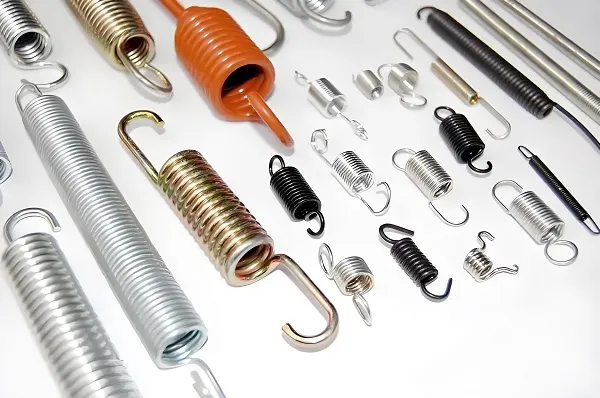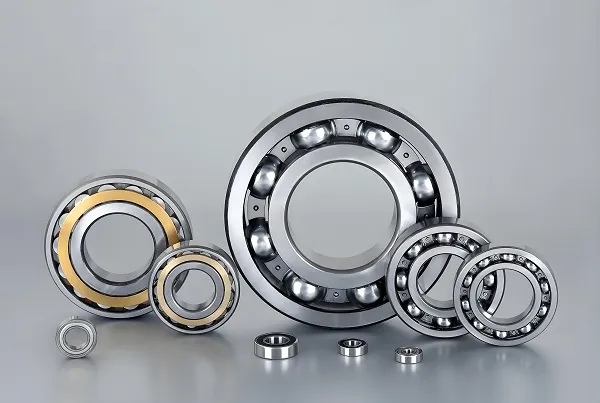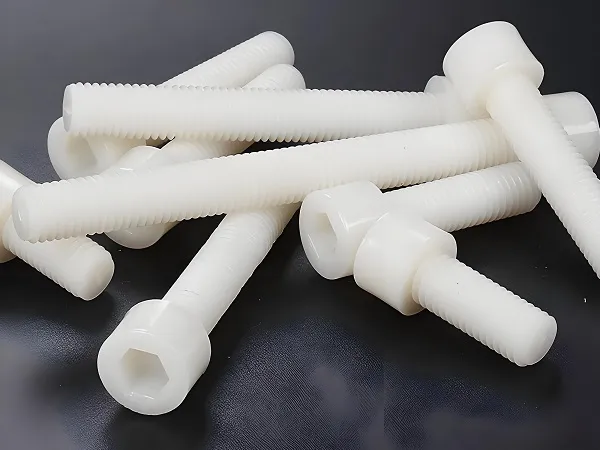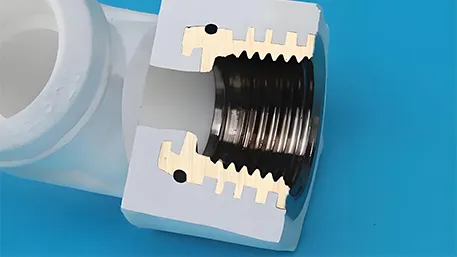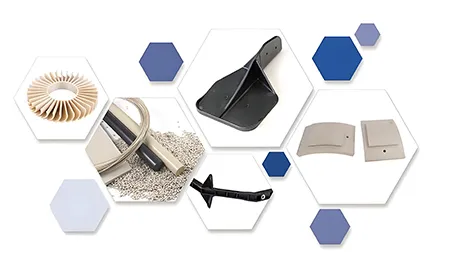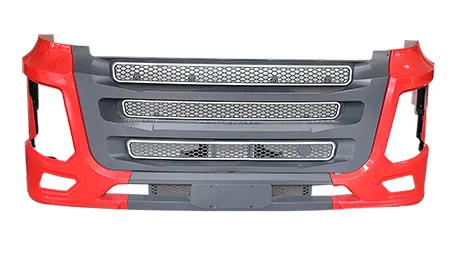Precision mold parts are tools used to manufacture parts or products with high precision, complex shapes and fine details. They are usually made by specific processing techniques, whereby raw materials are machined into mold parts with specific shapes and sizes, and then molten material is injected into the mold to solidify and form the desired part or product. Precision mold parts are widely used in many industries due to their high accuracy, ability to process complex shapes, and ability to express fine details. They are key tools for improving production efficiency, saving material costs, and ensuring product quality and consistency.
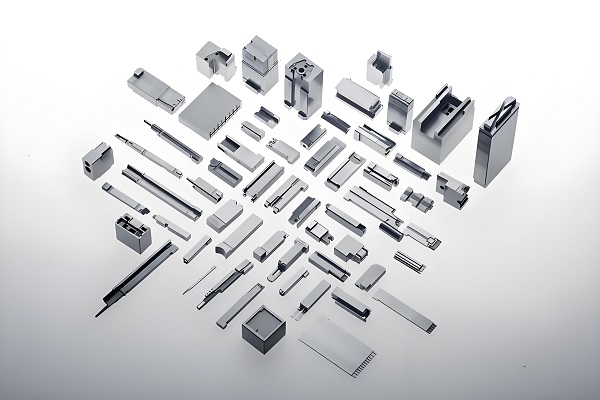
1.Reference Standards
The reference standards for precision mold parts mainly include the following aspects:
Accuracy standards: mold making accuracy standards usually require flatness control at 0.10.4mm, key dimensional tolerances ± 0.05mm, phi requirements at 0.020.05mm or less. Precision of mold parts such as guide pillar, guide sleeve tolerance can be controlled within 0.002mm, punch precision can be controlled in ± 0.01mm.
Material standards: the physical, chemical and mechanical properties of the mold material has an important impact on the precision and service life of the mold. For precision injection mold parts, you need to choose high-precision, high hardness materials, such as cemented carbide, stainless steel, high-speed steel.
Design criteria: the structural design of precision mold parts need to take into account the specifications of the injection machine, injection process, product shape and precision, and other factors, but also need to ensure that the mold manufacturing and maintenance convenience.
2. Production technology requirements
High-precision processing technology: precision mold parts cavity is the key part of the mold, its processing accuracy and surface quality of the mold has a direct impact on the accuracy and service life. Therefore, cavity processing requires the use of CNC machine tools, EDM, laser cutting and other high-precision processing equipment and advanced processing technology.
Reasonable gate design: the gate is the channel connecting the nozzle of the injection machine and the cavity of the mold, and its design has an important impact on the precision and productivity of injection molding. Precision mold parts need to design a reasonable gate position and gate size to ensure that the plastic melt can flow smoothly into the cavity, while avoiding the impact of the gate trace on the appearance of the product.
Efficient cooling system design: the cooling system of precision mold parts is very important for improving production efficiency and ensuring product quality. The design of the cooling system needs to fully consider the structure of the mold, the injection speed and the shape of the product and other factors to ensure that the mold can be quickly cooled and shaped during the injection process.
Strict quality inspection and maintenance: precision mold parts in the production process requires strict quality inspection to ensure that each part meets the design requirements. At the same time, the mold in the use of the process also needs regular maintenance and maintenance to extend the service life of the mold, improve the stability and reliability of the mold.
3.Application areas
Precision mold parts are widely used in many fields because of their high accuracy, complex shape processing ability and fine detail performance ability:
Automotive industry: The automotive industry is one of the main application areas of precision mold parts. From auto parts to body panels, all need to be molded and processed by precision mold parts.
Electronic industry: In electronic products, many small components need to be manufactured and processed through precision mold parts. For example, the displays, connectors, and keyboards of smartphones and tablet PCs all rely on precision mold parts technology.
Home appliance industry: many products in the home appliance industry also need to use precision mold parts. For example, the plastic shells and metal parts in air conditioners, refrigerators, washing machines, and other products often need to be manufactured through precision mold parts.
Other fields: In addition to the above three main areas, precision mold parts are also used in toys, stationery, daily necessities and other fields. In these areas, precision mold parts are mainly used to manufacture a variety of small parts and product components.
4. Precision mold parts technical process
The technical process of precision mold parts mainly includes the following aspects:
Mold material selection: according to the demand of the product and the use environment of the mold, select the appropriate mold material, such as carbide, stainless steel, high-speed steel, etc..
Mold structure design: according to the shape, size and precision requirements of the product, design a reasonable mold structure, including parting surface design, gate location selection, exhaust slot design, etc..
Cavity Processing: Adopt high-precision processing equipments such as CNC machine tools, EDM, laser cutting and advanced processing technology to process the cavity of the mold to ensure the accuracy and surface quality of the cavity.
Gate design: According to the shape of the product and the injection process, design a reasonable gate position and gate size to ensure that the plastic melt can flow smoothly into the cavity, and at the same time, avoid the influence of the gate trace on the appearance of the product.
Cooling system design: According to the structure of the mold and the injection speed, design a reasonable cooling system to ensure that the mold can be quickly cooled and shaped during the injection process.
Quality inspection and maintenance: Strict quality inspection is carried out during the production process to ensure that each mold part meets the design requirements. At the same time, in the use of the process of regular maintenance and maintenance, in order to extend the service life of the mold.
In summary, precision mold parts is a high-precision, high-difficulty processing technology, widely used in many fields. Through reasonable material selection, scientific structural design, high-precision processing technology and strict quality inspection and maintenance, we can manufacture high-quality, high-precision mold parts to meet the actual needs of customers and enhance market competitiveness.

